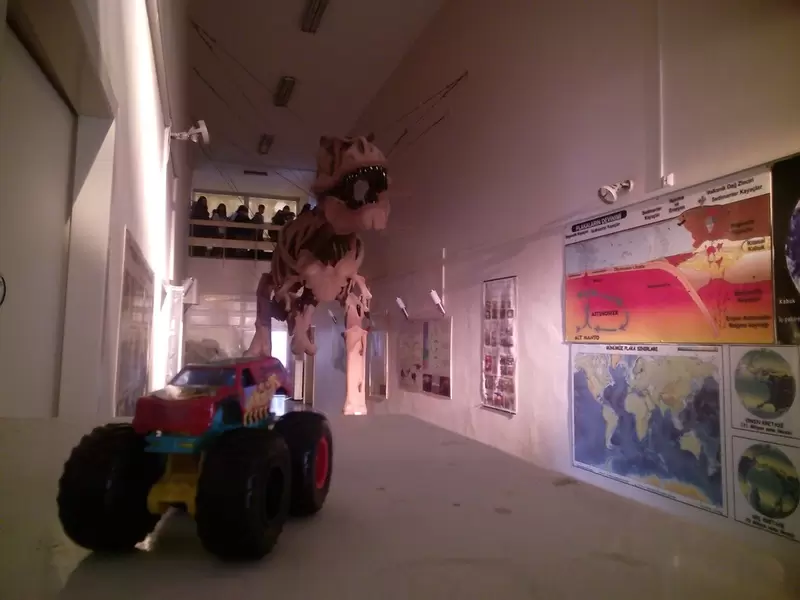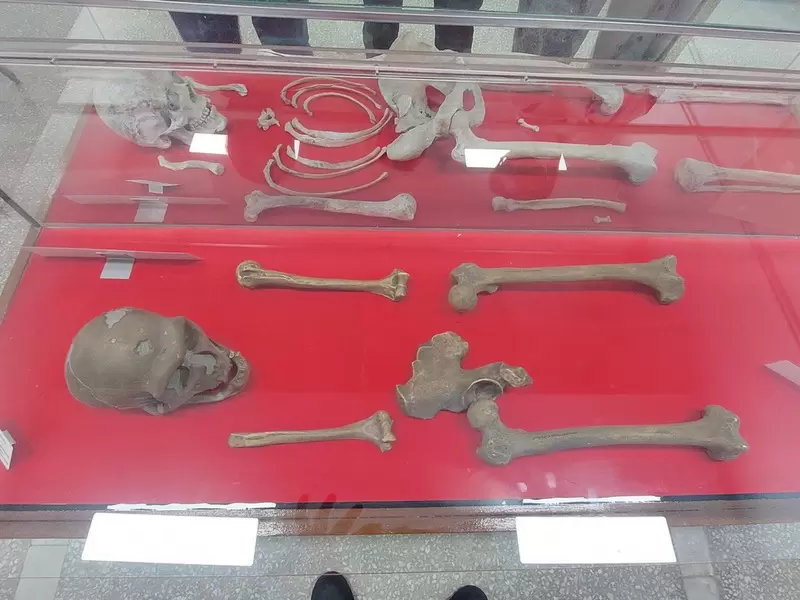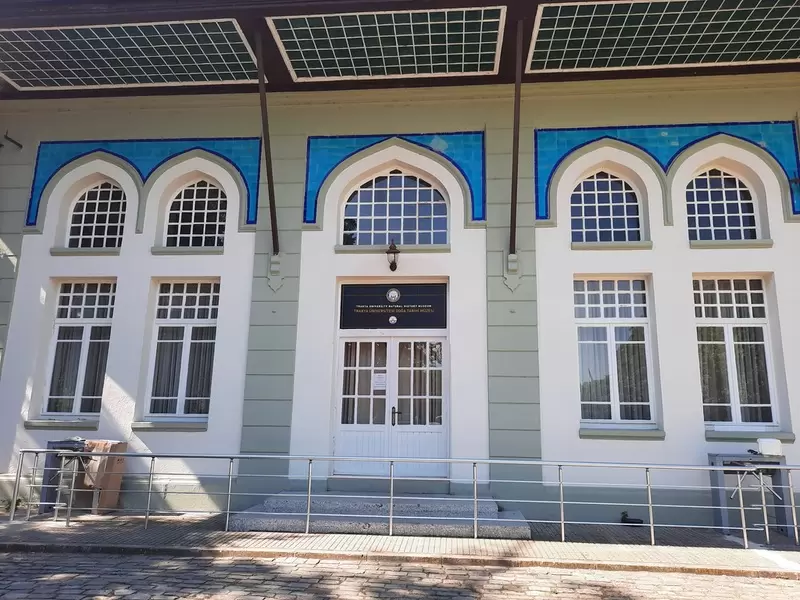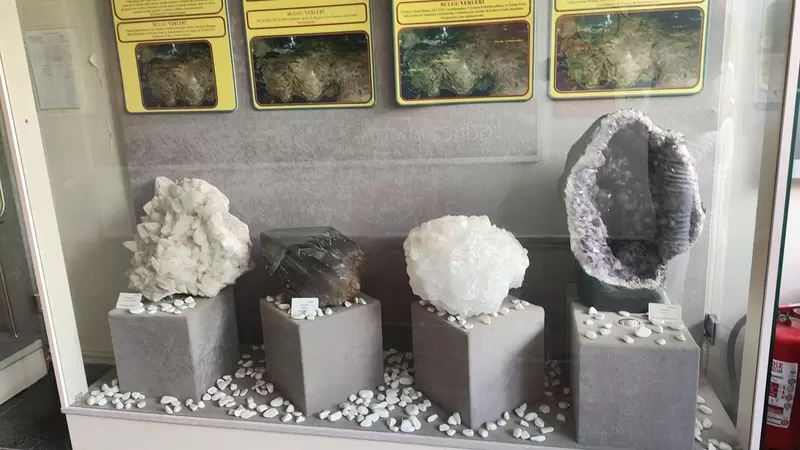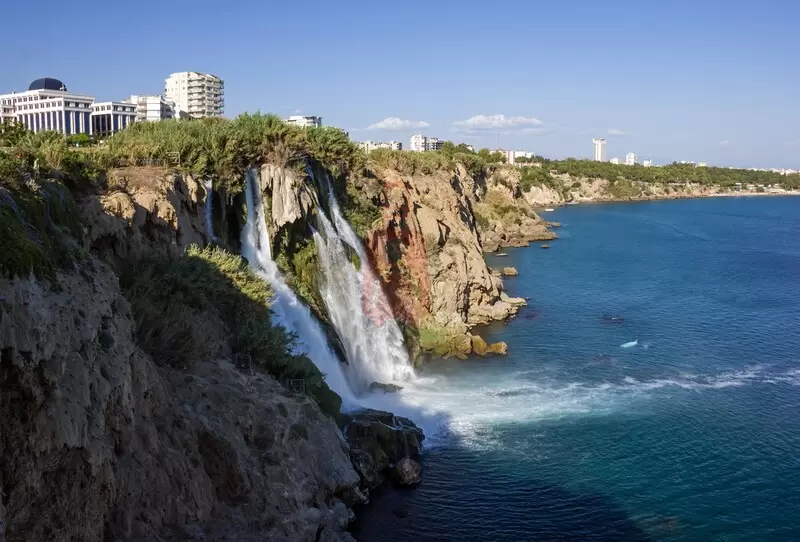
Natural History Museum of Ege University (Turkish: Ege Üniversitesi Doğa Tarihi Müzesi) is a natural history museum in İzmir, Turkey. It is located on the campus of Ege University, and was founded in 1973. The museum's collection includes over 40,000 objects, including fossils, skeletons, animals, and plants. The collection focuses on the natural history of Turkey, but also includes objects from other parts of the world. The museum also has a library, a research center, and a gift shop.
The Natural History Museum of Ege University, also known as Ege Üniversitesi Doğa Tarihi Müzesi in Turkish, is a museum located in İzmir, Turkey. The museum focuses on the natural history and biodiversity of the region, displaying a wide range of specimens and exhibits. Here is some information about the Natural History Museum of Ege University:
1. Overview: The Natural History Museum of Ege University is dedicated to showcasing the natural heritage of the Aegean region of Turkey. The museum aims to educate visitors about the diverse flora, fauna, geology, and ecosystems of the area.
2. Collections: The museum houses extensive collections of specimens from various branches of natural history, including botany, zoology, geology, and paleontology. The collections consist of preserved plant specimens, fossils, rocks and minerals, animal specimens, and other related materials.
3. Exhibits: The museum features a range of exhibits that provide insights into the natural history of the Aegean region. These exhibits may include dioramas, interactive displays, multimedia presentations, and informative panels. The displays highlight the region's geological formations, plant and animal species, ecological relationships, and the importance of biodiversity conservation.
4. Paleontology Section: The museum has a significant paleontology section that showcases fossils from different geological periods. Visitors can see fossils of ancient plants, marine organisms, and terrestrial animals, offering a glimpse into the region's prehistoric past.
5. Educational Programs: The Natural History Museum of Ege University offers educational programs for students, researchers, and the general public. These programs may include guided tours, workshops, lectures, and special events designed to promote understanding and appreciation of the natural world.
6. Research and Conservation: In addition to its exhibition and educational activities, the museum is also involved in scientific research and conservation efforts. It contributes to the study and documentation of the region's biodiversity and supports initiatives aimed at preserving natural habitats and species.
7. Visiting Information: The museum is open to the public, and visitors can explore the exhibits during the museum's operating hours. It is advisable to check the official website or contact the museum directly for up-to-date information regarding opening hours, admission fees, and any specific guidelines for visitors.
The Natural History Museum of Ege University serves as an important institution for promoting awareness and understanding of the natural heritage of the Aegean region. Through its exhibits, collections, and educational programs, the museum offers visitors an opportunity to explore and appreciate the remarkable biodiversity and geological history of the area.
